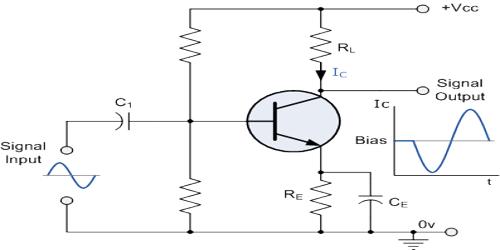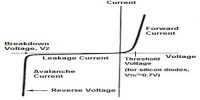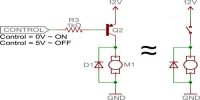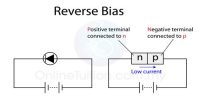A transistor is a device that regulates current or voltage flow and acts as a switch or gate for electronic signals. It is composed of semiconductor material usually with at least three terminals for connection to an external circuit. It can act as a switch and an amplifier. It converts audio waves into electronic waves and resistor, controlling electronic current.
Use of a transistor as an amplifier
‘Amplify’ means to increase the value of something. Transistor can amplify and switch electrical power and electronic signals. The device which increases the value is called an amplifier. In electronics, amplifier enhances the strength of a weak signal. A transistor can amplify a signal many times, hence it is extensively used as an amplifier. When a Transistor acts as a Regulator, it is called an Amplifier. A transistor can amplify a signal in two ways:
(1) by controlling the collector current with the help of base current and
(2) by using a high value of output resistance compared to the input resistance.
While using a transistor as an amplifier, the emitter is forward biased and the collector is reverse biased. Every electronic circuit possesses input and output. There are two terminals for input and two for output. But a transistor has three terminals. Hence in each electronic circuit, one terminal is kept common for input and output. Thus a transistor can have three different configurations in the electronic circuit namely. (1) Common base (CB); (2) Common emitter (CE) and (3) Common collector (CC).
Common emitter circuit possesses many advantages including large amplification. In most cases, we come across common emitter circuits.














